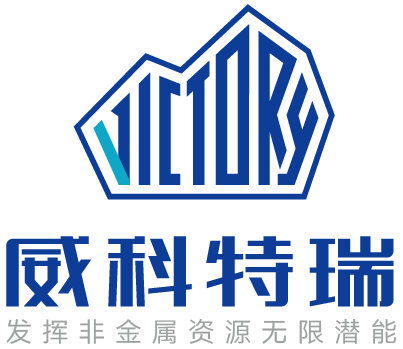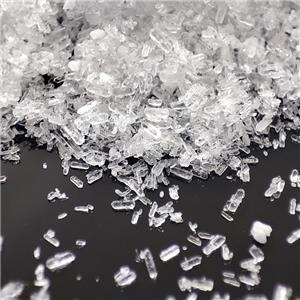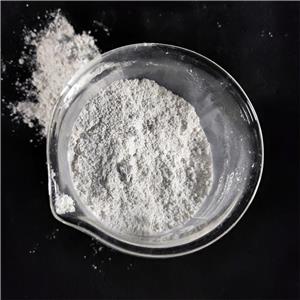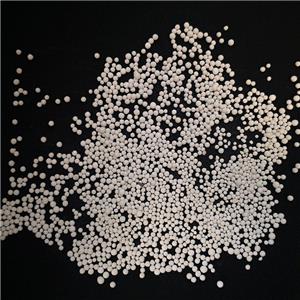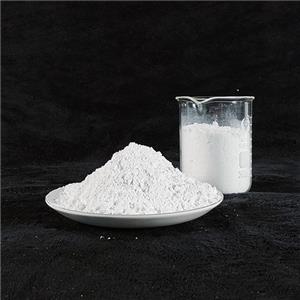Let’s take a look at 5 examples of surface modification of talc-2
2. Organic polymer modification of talc powder
Talc powder is surface modified by toluene diisocyanate (TDI) and hydroxypropyl acrylate (HPA), and its surface can be graft-coated with polymethyl methacrylate (PMMA) or methyl methacrylate-butyl acrylate. copolymer (PMMA-Co-PBA) to form composite particles.
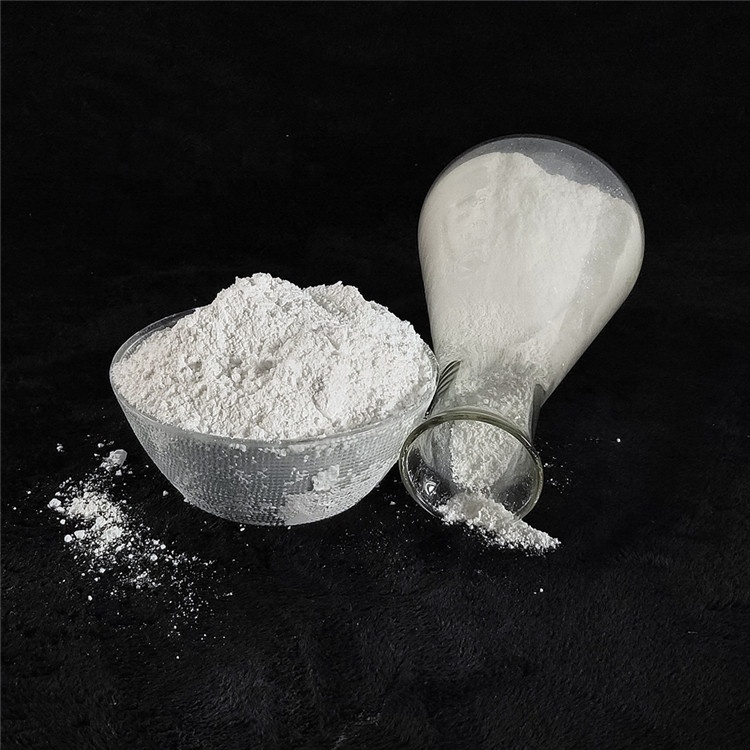
(1) Preparation method of composite particles
Mix the TDI- and HPA-treated talc powder, toluene, initiator, butyl acrylate (BA) and divinylbenzene (DVB) in the reaction kettle, stir evenly at 75±5°C, and add slowly at the same time. Mixed solutions (including methyl methacrylate, BA, DVB, etc.). After the dropwise addition is completed, react at 80±5°C for 2.5 hours, then remove the solvent and unreacted materials by distillation under reduced pressure, then extract with isopropyl alcohol for 24 hours, wash, dry and sieve to obtain surface organic high-quality Molecularly coated talc powder composite particles.
(2) Application characteristics
Talc powder composite particles coated with polymers can significantly improve the tensile strength and impact strength of the material. Experiments show that the impact strength of composite particles can be increased by 162%, and the tensile strength can be increased by 136%. Flexible polymer-coated talc powder particles exhibit excellent reinforcing and toughening effects within the filling ratio range of 5%-35%. They are especially suitable for materials with high performance requirements, such as cable materials. Their comprehensive performance is significantly improved, and at the same time Reduced material costs.
